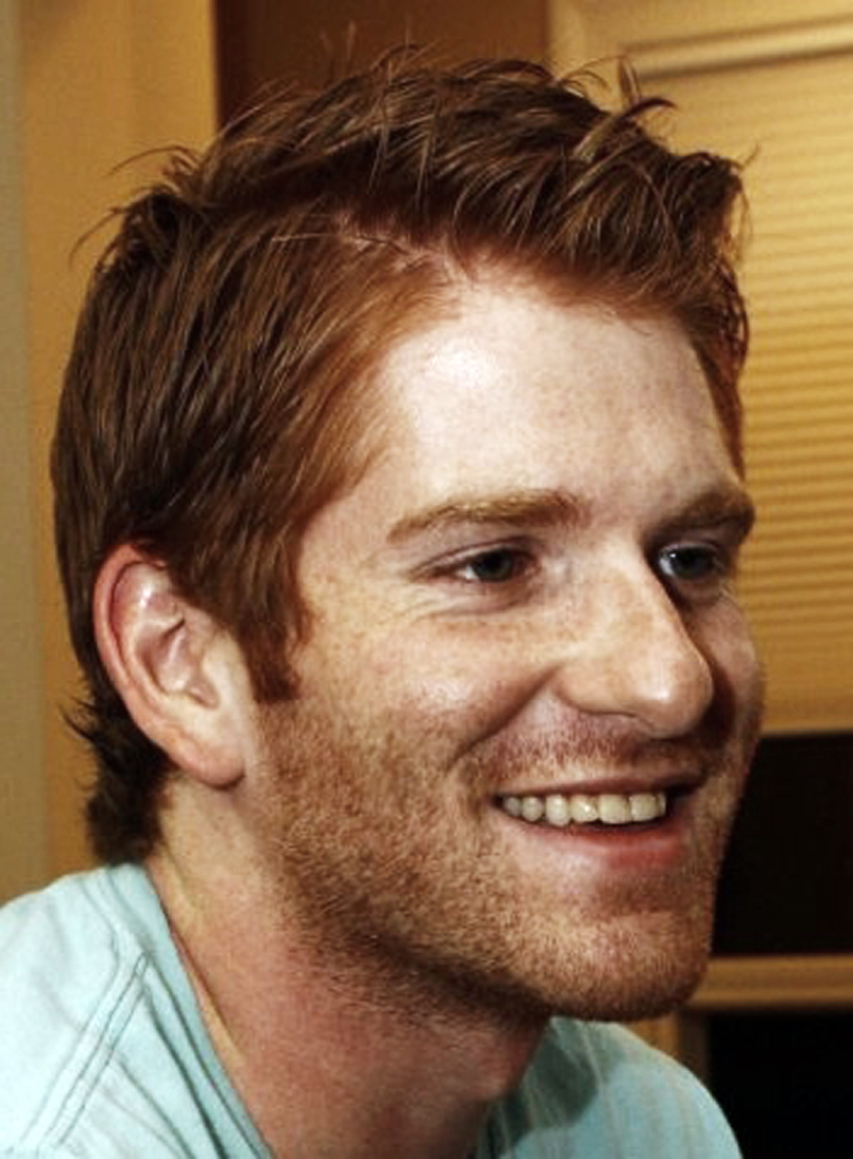The Travis C. Valentine Memorial Aneurysm Research Fund (the Travis Fund) was established in late 2017 to solicit contributions which will support previously unfunded and potentially ground-breaking research projects by George Mason University’s College of Science related to studying brain aneurysms generally, to developing predictive modeling of aneurysm ruptures, and to pursuing a good understanding of aneurysm evolution.
Giving to Mason
George Mason University is Virginia’s largest public research university, located in one of the most important political, economic and intellectual hubs in the world. Our mission is to help students succeed, enrich our community, and contribute to solving the most complex global problems.
Office of Advancement and Alumni Relations
4400 University Drive, MS 1A3
Fairfax, Virginia 22030
703-993-8850
Copyright © 2024 George Mason University | www.gmu.edu



